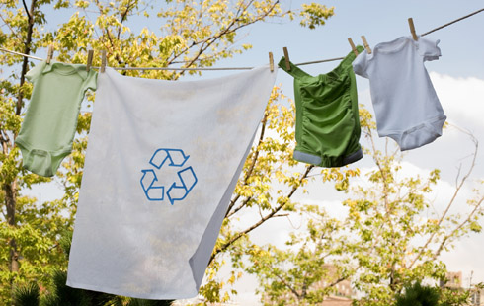
Eco-Friendly Lifestyle
In an age where man-made damage to the planet is becoming increasingly evident, the desire for many to live a more eco-friendly lifestyle has never been stronger. Even if you don’t reside in an eco-friendly location, you can still live in a way that isn’t harmful to the planet. Here are some sustainable changes you can make, presented below by WhosGreenOnline.com.
Reduce Plastic Waste
Plastic pollution has become one of the most pressing environmental issues. The production and consumption of the material contribute to greenhouse gas emissions and pose the biggest threat to marine life. To reduce the plastic waste, you can:
- Use reusable water bottles. Rather than using disposable bottles, purchase a reusable bottle instead. They come in all shapes and sizes and are made from various materials, such as stainless steel and aluminum.
- Use reusable bags. Store some cloth bags at home or in your car, and remember to take them with you on your next visit to the grocery store.
- Use nonplastic food containers. By swapping plastic containers for glass or stainless steel to store leftovers, not only do you help reduce plastic waste, but you also protect your health from the harmful effects of plastic filtering into your food.
Conserve Water
Heating, filtering, and pumping water to your home require energy; therefore, by conserving water, you’re saving energy. An easy way to conserve water includes checking your toilet for leaks. You can do this by putting a few drops of food coloring in your toilet tank. You have a leak if you notice any color in the bowl without flushing.
Taking shorter showers helps conserve water as does installing water-saving showerheads and flow restrictors that cut water flow to about three gallons a minute instead of five to 10. Turn off the water while you’re brushing your teeth or shaving, and don’t let the faucet run while you’re peeling vegetables.
Eco-Friendly Home Features
If you’re looking to buy a new home to fit in with your green lifestyle, look for some specific eco-friendly home features.
- Is the loft insulated? Most houses are insulated these days, but you need to check anyway. Also, ask about the materials used for insulation. Cellulose insulation, made from recycled newspapers, offers better insulation than fiberglass.
- Does it have solar panels? They save you energy and money and reduce the number of carbon emissions your home produces.
- Check out the windows. Make sure they’re dual-paned and made from wood or metal rather than UPVC, which releases toxins.
- Are LED lights in use? They’re smaller, durable, last far longer than standard bulbs, and use far less energy.
Eco-Friendly Modifications to Boost Value
Improving the energy efficiency of your property is an excellent starting point for boosting your home’s value. Also, consider installing underfloor heating and a smart thermostat. Professionally landscaped gardens are another way of adding value, especially ones planted up rather than paved, as they increase urban biodiversity and value. Take before-and-after photos and keep receipts to help calculate your home’s increase in value.
Eco-Friendly Small Business
If you operate a small business, you’ve probably wondered about what changes you can make to be greener. One of the best ways to be greener is to become paperless. You can eliminate paper receipts, use digital accounting tools, and even use an invoice generator to save on mailing invoices. With templates you can create great-looking, professional designs and operate a greener business with ease.
Good News for Generations To Come
Not only can you reduce your reliance on nonrenewable resources by living more green, but you also reduce the number of harmful toxins that make their way into the environment. This is good news, not only for you but for generations to come.
WhosGreenOnline.com is your online magazine & directory for green business, product, service, and news! For more information, please visit our website or contact us today!

